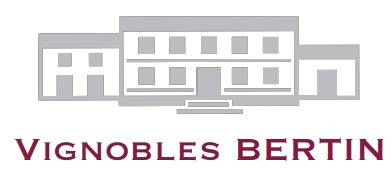Preserve the nature and its inhabitants
The main objective is to produce quality grapes while respecting what Nature has given us. We must preserve our environment for ourselves and our future generations . This is the leitmotif of Vignobles Bertin. For more than 20 years the vineyards have been part of the approach of Reasoned Agriculture by limiting the chemicals used, by respecting its neighborhood and its teams.
The use of CMR products (carcinogenic, mutagenic, reprotoxic) is banned throughout the vineyard.
SME (Environmental Management System)
Since 2018, Bertin vineyards have joined a group of Environmental Management System , to go further than HVE certification .
The Environmental Management System is a tool available to companies and institutions, which aims to improve management and environmental performance . This is a voluntary process.
The EMS promotes the integration of the environment into the management of the company.
It pursues the following objectives:
- identify, assess and prevent environmental risks;
- identify gaps in production or management processes;
- define the possible alternatives that improve environmental performance.
• And soon CSR, Corporate Social Responsibility…
Certification HVE3
Since the 2019 vintage, the company has been HVE3 (High Environmental Value level 3) certified, this label validates an approach that respects biodiversity, the environment and sustainable development for future generations.
This means that Vignobles Bertin are committed to protecting the environment in the vineyards by using products that respect the plant material, our residents, in the cellar by recycling and filtering our washing water and preserving our employees always to produce quality wines every year.
Indeed, the High Environmental Value 3 corresponds to the highest level of an environmental certification system for agricultural holdings.
It is a voluntary approach implemented by wine growers or farmers which aims to identify and promote practices more particularly respectful of the environment.
It is based on indicators and a requirement for results that cover the entire operation. It is based on four key themes:
- the preservation of biodiversity (insects, trees, hedges, grass strips, flowers, etc.),
- the phytosanitary strategy,
- fertilization management,
- the management of water resources.
